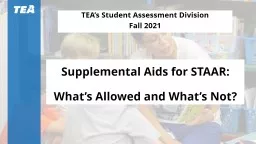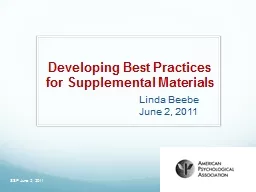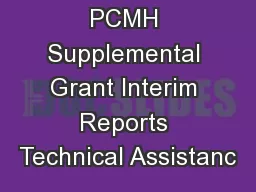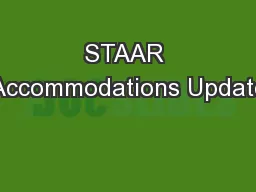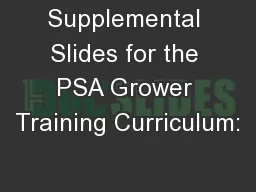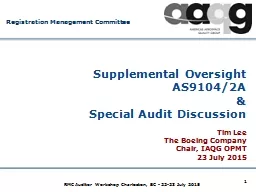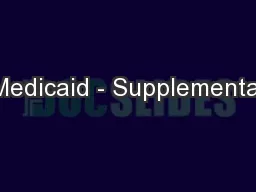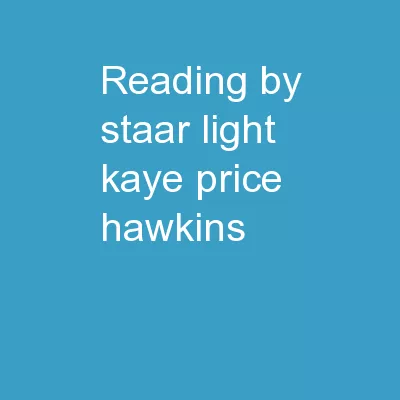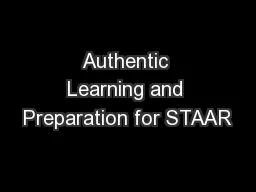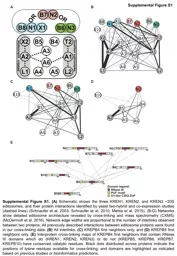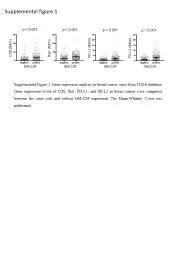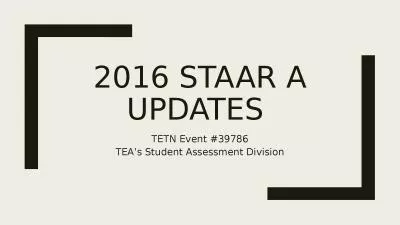PPT-Supplemental Aids for STAAR:
Author : caitlin | Published Date : 2022-02-24
Whats Allowed and Whats Not TEAs Student Assessment Division Fall 2021 Supplemental Aids This designated support allows a student to use paperbased resources that
Presentation Embed Code
Download Presentation
Download Presentation The PPT/PDF document "Supplemental Aids for STAAR:" is the property of its rightful owner. Permission is granted to download and print the materials on this website for personal, non-commercial use only, and to display it on your personal computer provided you do not modify the materials and that you retain all copyright notices contained in the materials. By downloading content from our website, you accept the terms of this agreement.
Supplemental Aids for STAAR:: Transcript
Download Rules Of Document
"Supplemental Aids for STAAR:"The content belongs to its owner. You may download and print it for personal use, without modification, and keep all copyright notices. By downloading, you agree to these terms.
Related Documents

